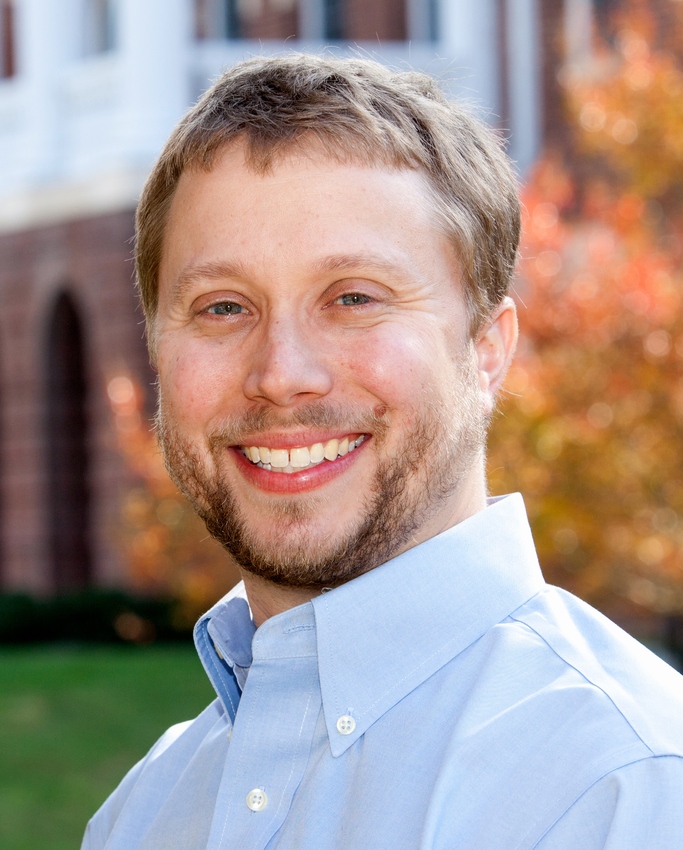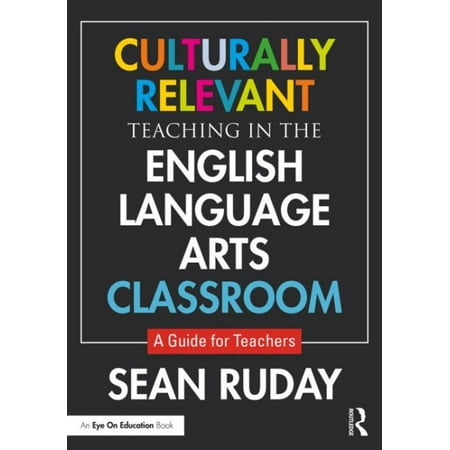Teacher Interview with the professional himself: Dr. Sean Ruday
On the road to teaching myself, I decided to interview a person that has experience teaching in the public school system, as well as experience in teaching college students how to become great teachers. I’d like to think I fall under this category of future great teachers Dr. Ruday has shape, but I guess I’ll let my future students be the deciders of that. Dr. Ruday began his teaching career in an eighth grade classroom in Charlottesville, Virginia and is now a successful Secondary Education professor at Longwood University. He is also the successful author of many fine works. He is well respected in his field, and is a mentor of mine. 
Throughout my interview with him, Dr. Ruday describes who he is within his discipline, teaching experience, and who is he as a researcher and creator. When asking Dr. Ruday what it is that he specifically creates, within the classroom he explains his preferred method: the backwards model. The three steps of the backwards model are as followed:
1. Identification of desired results; what do you want you students to understand by the end of the lesson? Goals.
2. Determining acceptable evidence of student understanding; what kind of assessment will be given?
3. Planning learning experience and instruction; what will the day to day classroom content look like?
 Dr. Ruday bases his teaching style, generally, off of this approach. Dr. Ruday also heavily emphasizes on key essential questions to challenge his students to think broadly, and uses these to guide his lessons. Dr. Ruday often highlights the question “so what?” These key essential questions allow students to answer this “so what” question and connect classroom content with their out of school lives and community. Dr. Ruday includes this idea especially in one of his works, Culturally Relevant Teaching In the English Language Arts Classroom: A Guide for Teachers which is just one work he has written for future and current teachers to urge them to keep classroom content tied with students out of classroom lives. This is one way Dr. Ruday shares his work with the world. He also participates in conferences, and has a variety of articles that have been published as well –some of which are geared towards researchers and others gear towards practitioners.
Dr. Ruday bases his teaching style, generally, off of this approach. Dr. Ruday also heavily emphasizes on key essential questions to challenge his students to think broadly, and uses these to guide his lessons. Dr. Ruday often highlights the question “so what?” These key essential questions allow students to answer this “so what” question and connect classroom content with their out of school lives and community. Dr. Ruday includes this idea especially in one of his works, Culturally Relevant Teaching In the English Language Arts Classroom: A Guide for Teachers which is just one work he has written for future and current teachers to urge them to keep classroom content tied with students out of classroom lives. This is one way Dr. Ruday shares his work with the world. He also participates in conferences, and has a variety of articles that have been published as well –some of which are geared towards researchers and others gear towards practitioners.
 Dr. Ruday and I also discussed what he personally likes to read and how this impacts his teaching. Being a professor that loves his field, most of the content his reads generally can be applied to his classroom. He explains to me that keeping up with Young Adult literature is essential to effective teaching, as it keeps you in the loop of pop culture and what your students are most likely reading as well. Incorporating YA novels in the classroom is essential, as the students will most likely relate heavily to them. Two of Dr. Rudays current favorites are On the Come Up by Angie Thomas and Internment by Samira Ahmed. These two novels embody what Dr. Ruday considers to be valuable information inside the classroom.
Dr. Ruday and I also discussed what he personally likes to read and how this impacts his teaching. Being a professor that loves his field, most of the content his reads generally can be applied to his classroom. He explains to me that keeping up with Young Adult literature is essential to effective teaching, as it keeps you in the loop of pop culture and what your students are most likely reading as well. Incorporating YA novels in the classroom is essential, as the students will most likely relate heavily to them. Two of Dr. Rudays current favorites are On the Come Up by Angie Thomas and Internment by Samira Ahmed. These two novels embody what Dr. Ruday considers to be valuable information inside the classroom.
When considering what is valuable and what is not in the classroom, Dr. Ruday explains that all assessment should show the teacher that students understand how to grapple with the information given to them. When it comes to teaching and creating assessment, Dr. Ruday’s advice is to never rely on one particular form of teaching approach or assessment. Have something for every type of learner, and pull from all resources you’re given as a teacher, and were given as a student. This includes, tactical information your given, as well as recalling previous classroom experience that you favored towards and benefited the class. Dr. Ruday inspires me to be the best teacher I can be.
Who inspires you?